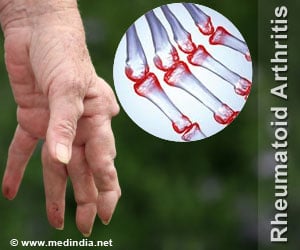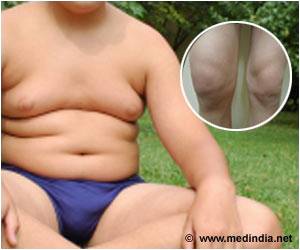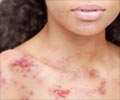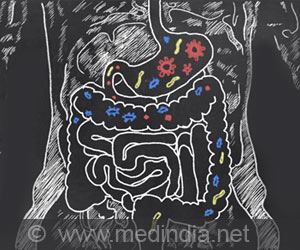
CK Birla Hospital, Gurugram
Go to source). Juvenile Idiopathic Arthritis (JIA) is a chronic condition affecting children under 16, characterized by persistent joint inflammation, pain, swelling, and stiffness.
‘ Did You Know?
Juvenile idiopathic arthritis (JIA) affects approximately 1 in 1,000 children worldwide. #juvenilearthritis #girls ’





The exact causes of JIA are unknown, but it is believed to result from a combination of genetic and environmental factors. Juvenile idiopathic arthritis (JIA) affects approximately 1 in 1,000 children worldwide. #juvenilearthritis #girls ’
Dr Debashish Chanda - Orthopaedics & Joint Replacement Specialist, CK Birla Hospital, Gurugram, said that there was no fixed cause on what triggers JIA, but it would not be completely irresponsible to rule out genetic and environmental causes, but it is a disease that occurs more in girls as compared to boys.
Gender Disparity in Juvenile Arthritis
“Children with a family history of arthritis or autoimmune diseases are at higher risk, with girls being more frequently affected than boys. Certain bacterial or viral infections might also trigger JIA in genetically predisposed children,” he told IANS.While symptoms of JIA vary, it includes joint discomfort or swelling, persistent pain, fever, rash, fatigue, loss of appetite, and morning stiffness.
Unlike adult arthritis, which is often due to joint cartilage degeneration, JIA is primarily an autoimmune condition with systemic symptoms like fever and rash.
Advertisement
JIA can also impact a child’s growth and development if not properly managed.“Recognising these symptoms early is crucial,” Dr Kapoor noted.
Advertisement
The expert also stressed physical therapy and regular exercise to maintain joint function and muscle strength. In severe cases, surgical intervention may be necessary to correct joint deformities or replace damaged joints.
Reference:
- CK Birla Hospital, Gurugram - (https://www.ckbhospital.com/gurgaon/)
Source-IANS















